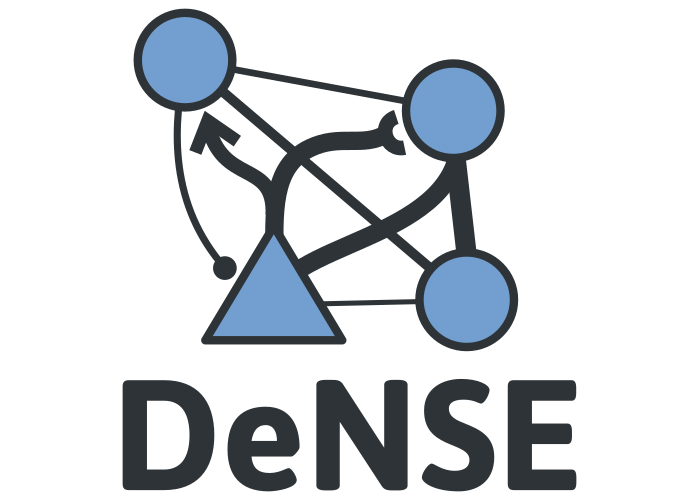The units module¶
To simulate neuronal growth with DeNSE, one must provide parameters describing
the properties of the neurons and their environment.
The units module uses pint to define and provide all necessary units to
properly define the parameters.
Using units¶
To ensure that these properties are passed correctly and in the format that is most handy for users, the library uses pint to provide out-of-the-box unit management.
Thus, most units are predefined and can be imported at the beginning of the script through
from dense.units import *
or you can also define additional units directly using pint.
Once loaded, the units can be used in a straightforward manner, simply writing
soma_radius = 12.*um
To get a neuron 12-\(\mu m\) in radius.
Default units¶
The dense.units module predefines the following units:
- For time:
secondminutehourday
- For space:
m(meter)cm(centimeter)mm(milimeter)um(micrometer)
- For volume:
L(liter)mL(milliliter)uL(microliter)nL(nanoliter)
- For frequency:
cps(counts per second, like Hertz)cpm(counts per minute)cph(counts per hour)
- For concentrations:
M(mole/L)mM(milimole/L)uM(micromole/L)
- For angles:
deg(degree)rad(radian)
Combining units¶
Units can be combined together using the normal multiplication, division, and power operations.
For instance, speed is obtained by dividing a length and a time:
gc_speed = 1.*um/minute
give a growth cone speed of 1 \(\mu m/min\), while
volume = 1.*um**3
gives a volume of 1 \(\mu m^3\).
